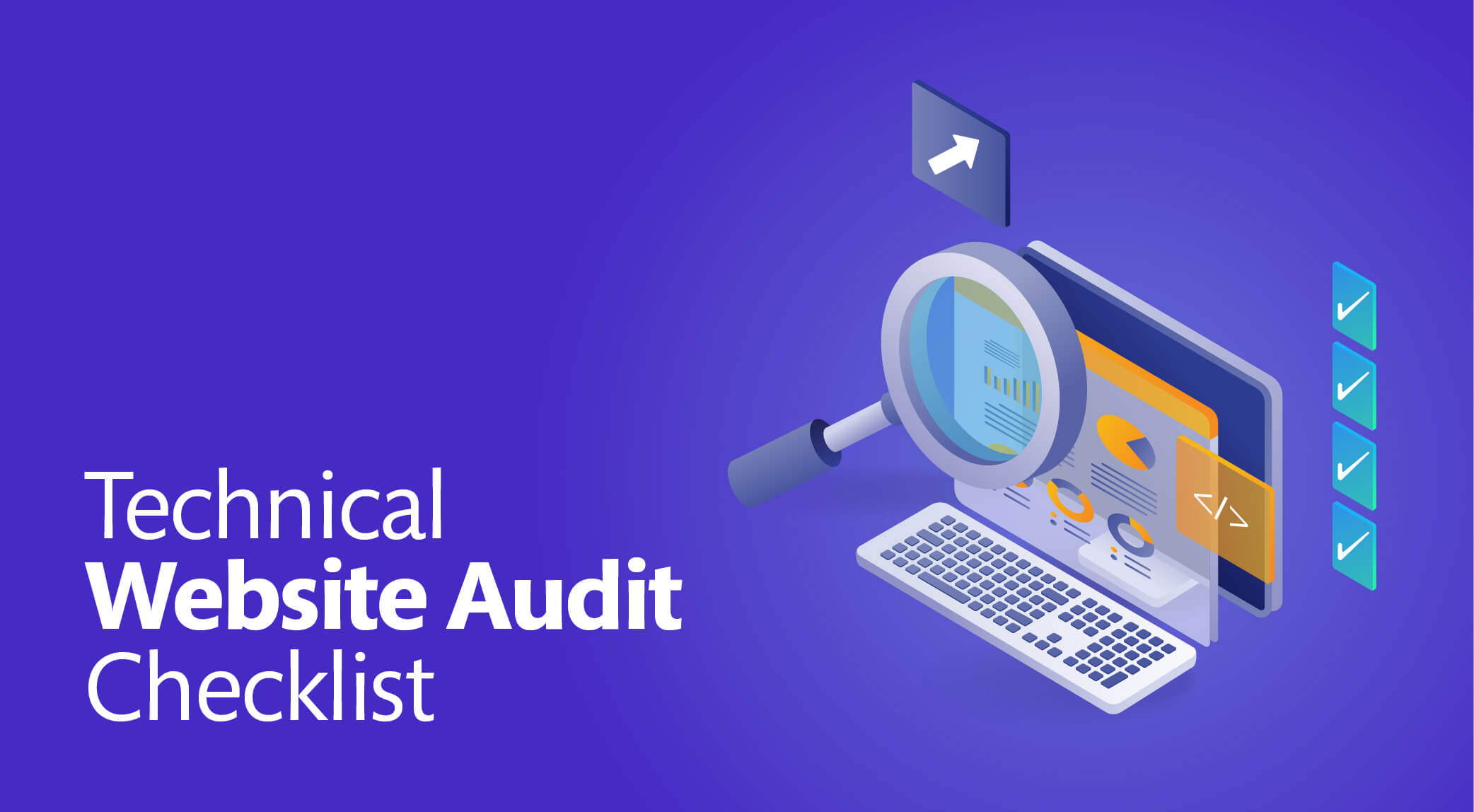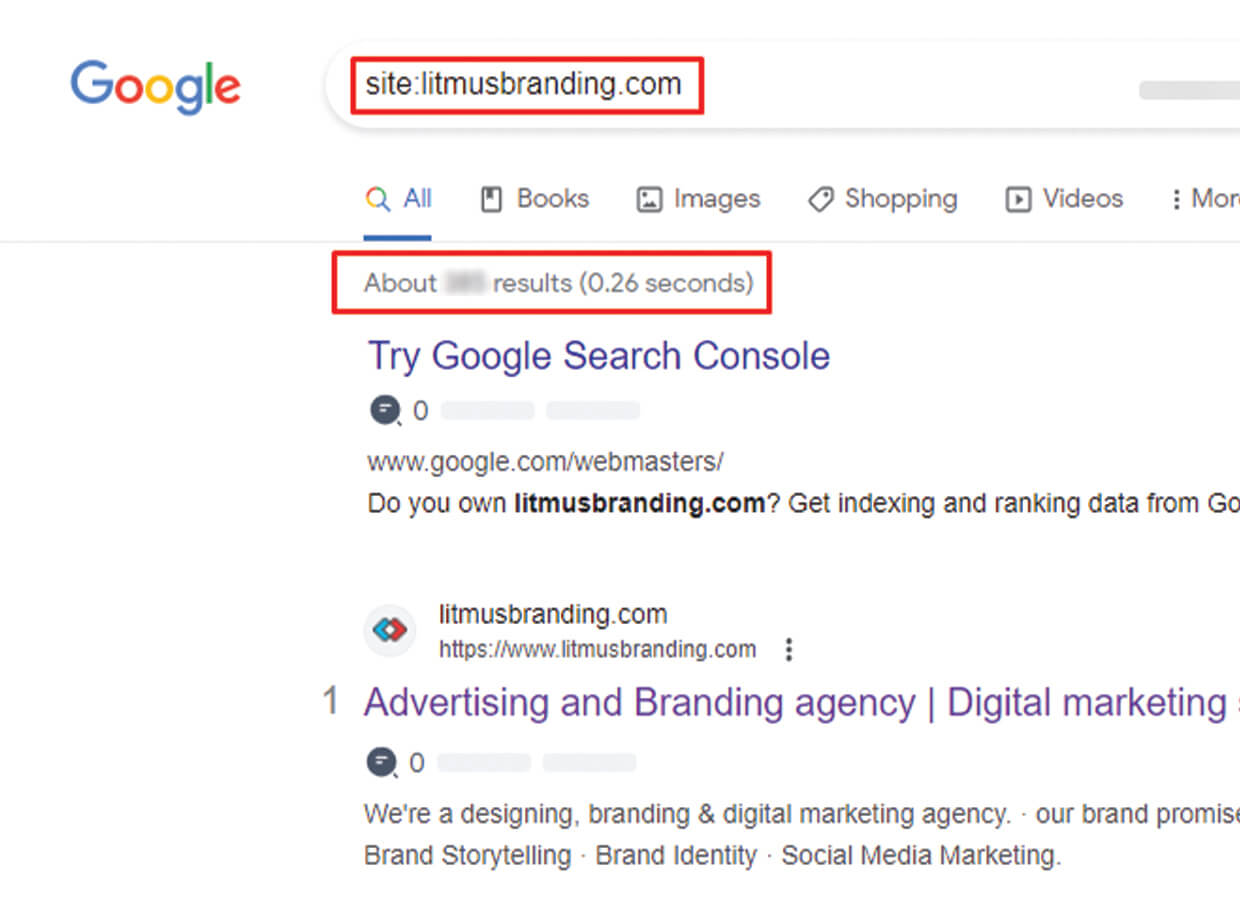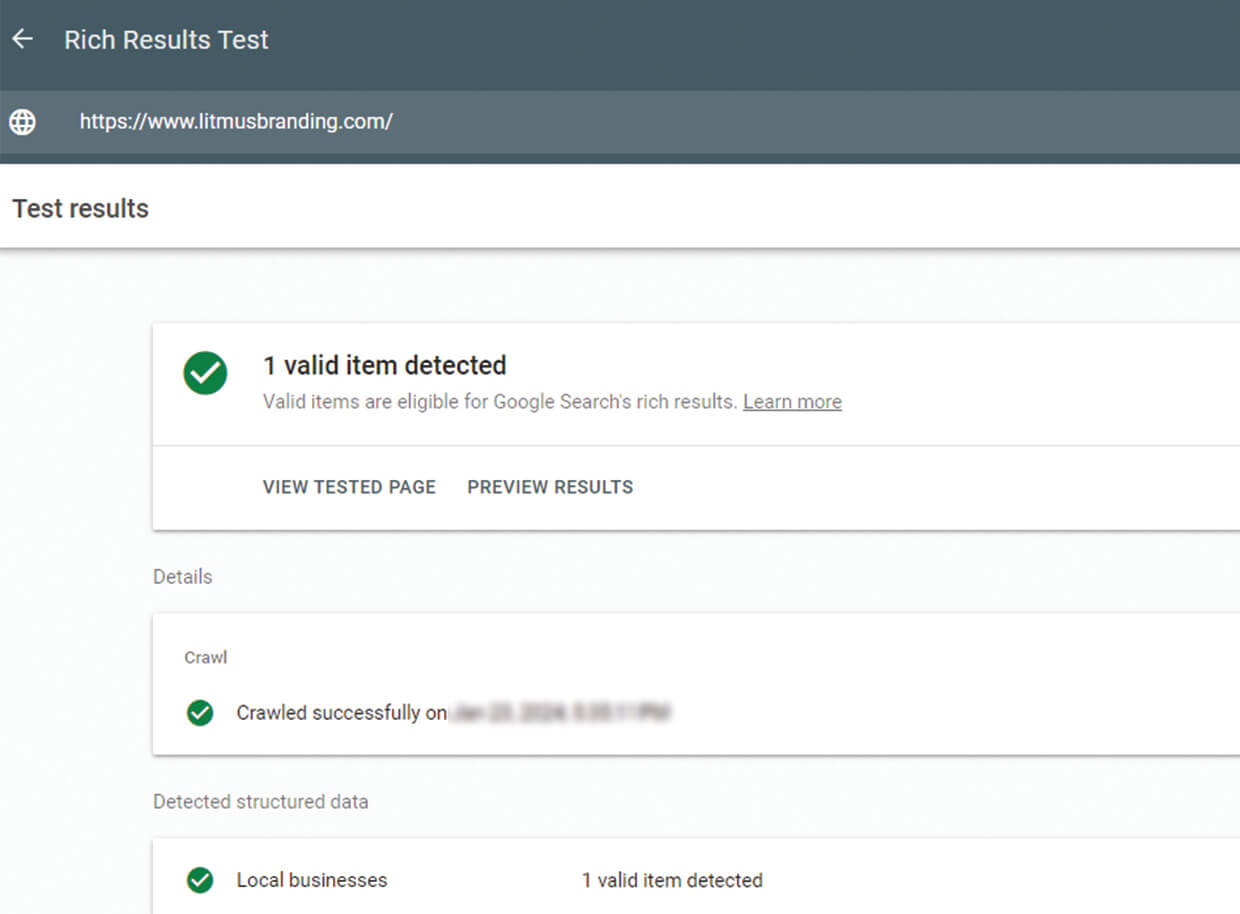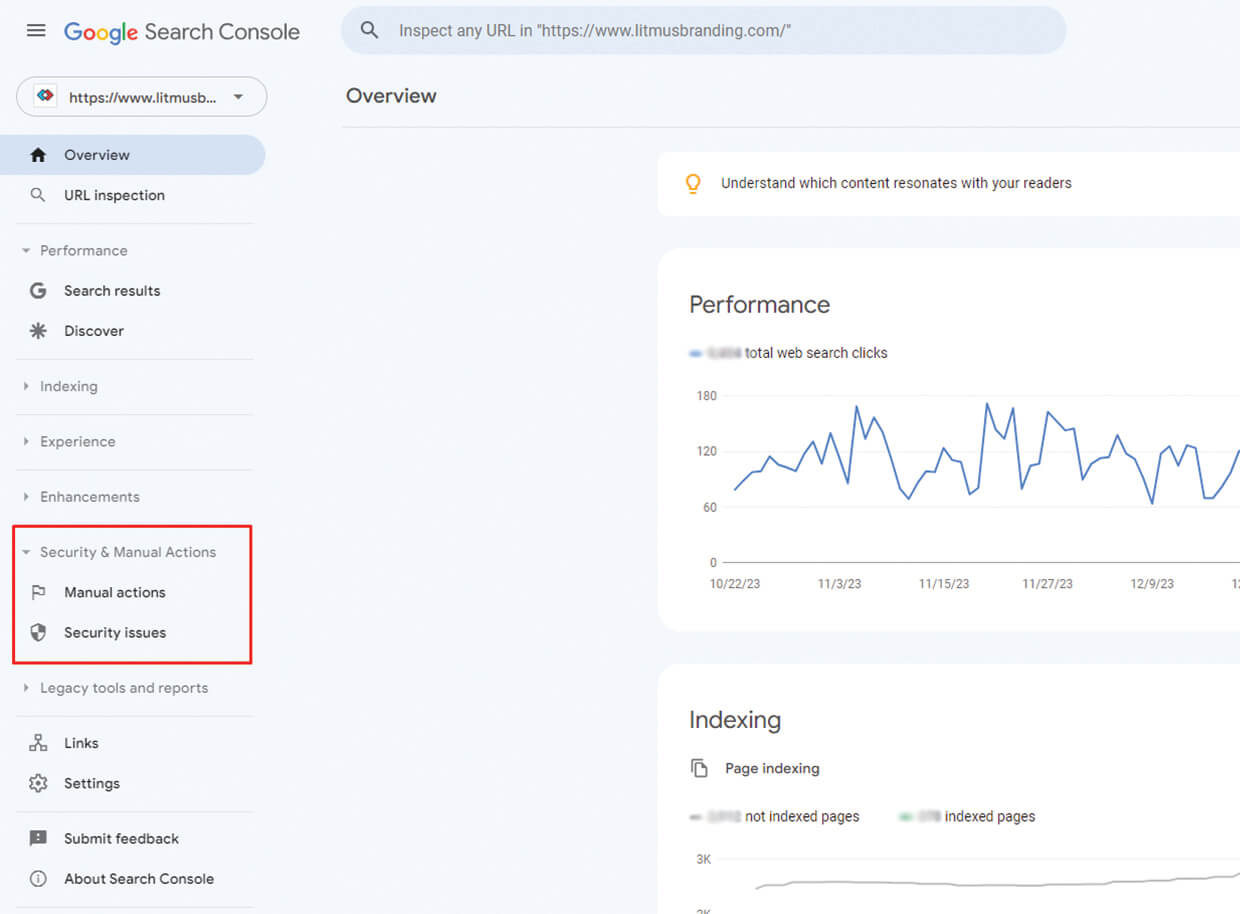Let's Talk
We would love to hear from you. Want to know more about our services or have any questions? Say Hi!
How to Do Technical SEO Audit of a Website?

A search optimization of your website can be good enough if your technical SEO is performed well by your SEO agency. After working with so many clients in the past decades, we have concluded that technical SEO needs to be done nearly every quarter. Google and Bing send their crawlers to your website and they analyze the code and backend structure of your website. So this means that SEO is more than identifying the keyword research and doing several activities to rank the website on Google.
In this scenario, technical SEO plays its game. Your website health score determines how optimized your website is and what are the chances of getting it ranked in the SERP result. With our experience with different clients facing several issues and providing resolutions for them, we have come up with a detailed website audit checklist that can make the website health score better and boost the SERP ranking.
But, before walking through the SEO audit checklist, explore some basics about the technical website audit.
What is a Technical Website Audit?
A technical website audit involves evaluating each part of the website’s technical infrastructure, health, and performance in such a way that it can directly relate to and match with the ranking factor of different search engines. A website audit aims to identify and address the issues that can affect the website’s functionality, overall user experience, and search visibility in SERP.
Your SEO manager needs to keep the site clean by performing the audit at least quarterly as the occurrence of issues is generally uncertain.
Now that we have understood the basics, we will dive into the river of how to audit a website in a way that can help the website perform better and help the crawler to understand each code, javascript, and meta tag properly.
Comprehensive Website Audit Checklist to Improve SERP Rankings
Check Website Indexation

Analyze the indexation of the website. website indexing ensures that the search engine can be able to analyze the page and let it index to get ranked in Google. You can check from the Google Search Console or simply by writing “site:yourdomain.com” to check the website indexation. Check only that pages are getting indexed which you are inclined to get ranked. Check if any HTTP page of query parameter pages is not getting ranked in Google. Check it by “site:yourdomain.com inurl: HTTP or ?” and you will be able to identify your indexing.
Index Bloating Issues
When on a website, unnecessary pages are indexed in the search engine, an index bloating issue occurs. This causes the crawlers and other systems to take more time to process than needed to process necessary pages that need to be indexed. Paginated pages, duplicate pages, index bloating pages, and query parameter pages generally result in index bloating.
For instance, if in GSC only 500 pages are indexed and you are getting traffic on 700 pages in GA then the difference of these 200 pages is considered as index bloating issue.
If you are using any audit tool like Screaming then you can crawl the website and gather the indexable pages and then compare the same with the pages resulting in GA and try to redirect them, remove them, or disallow them in robots.txt file.
301 Redirection
301 is an HTTP status code that is sent by a web server to a browser that provides a signal that the page is being redirected from one URL to another URL and if this page is being linked anywhere then every request will take the user to the URL where it is getting redirected.
For example,
A URL is getting redirected to B URL. And this A URL is internally linked to 5 more URLs. We need to replace this A URL with a B URL from these 5 URLs. If you consider using any audit tool or tool like AHREFs then you can find the source pages.
By doing this, you are minimizing the bad request and saving the time of the crawler’s petrol to identify the actual URLs that need to get indexed.
Breaking 301 Redirecting Chain
Just like above if the A is redirected to B and B is further redirected to C then you need to ask the development team to break this redirecting chain and replace it with the final destinated URL.
Broken Links (404)
It is also an HTTP status code that says that the page you are looking for is broken or not found. This broken like can be either internal or external. In case of the internal broken link, you can ask the developer to remove these pages from where they are internally linked, and if these 404 pages are still getting traffic then it is better to redirect them to the homepage to provide a boost to the overall traffic. In case of external broken links, you need to remove them.
Checking on Core Web Vitals
CWV are reports that provide the site’s speed metrics based on the browsing data of Google. These metrics are grouped by status (Poor, Need improvement, Good) and metric type (CLS, FID, INP, and LCP). You can check the Core web vitals from GSC or ask the developer, as they are aware of the bad code request that is loading the website and increasing the loading speed.
Implement Schema Code or Structured Data

Schema code helps the search engine to understand your website in a better way. It helps the search engine to understand the content in a rich format. You can apply different schema codes to different pages, like organization schema or now logo schema for the homepage, contact our schema for the contact us page, item list schema for category page, service/product page schema for the service/product page, etc.
Google has released an article in which it mentions which type of schema they may take into consideration. Hence, applying schema can make the website content more understandable for search engines.
AMP Issues
AMP means Accelerated Mobile Pages. With these pages, it becomes possible to create a mobile website that can be loaded instantly. You can go to GSC and check in the AMP section to find the affected pages and try to resolve them. You can again index them in GSC and check if they are still facing any issues.
Malware Attack

Malware attack is the nightmare of your website. If on any website, virus or software is installed secretly then it is considered a malware attack. It can be also termed as a cyber attack. Many online tools can help to recognize it or you can also identify it from the security actions section in Google Search Console.
Check Duplicates- Internal & External
Check if the website is duplicacy and if they are identified then take necessary action. If the content is duplicated internally or externally then revamp the same.
SEO-Friendly URLs
Your website URLs must be easy, and simple and include the keyword such that the search engine can identify what the page is all about. It must not be long and not too short. The URL structure must be HTTPS and should not contain any query parameters.
CTA Suggestions
As we see, CTA is generally a part of the Conversion rate optimization audit. If your business does not get leads or conversions then a CRO audit is performed where CTA is taken into consideration. However, we have included it here as we have found so many websites having poor CTA structure in their website.
A website must have enough CTA and the webpage must be optimized properly with a good hero section, awareness section, contact button, and chatbots and must include CTA at dedicated spots that are recommended by your manager. It can help the audience to get in touch with you to avail of your service or buy your product.
Images Above 200 KBs
The images on the website must not be above 200 KBs. If so, you can ask the designer to compress them and re-upload them. Identifying these images is very simple. If you use any audit tool like Screaming Frog, you can recognize these images from the image section. AHREFs, SEMRush, and other tools also provide you with these images in the Site Audit.
Orphan Pages/ Less Internal Links
Orphan Pages are pages that are not being internally linked anywhere across the website. On the other hand, fewer internal links are those pages that have less or very few internal links.
Look, we have seen in many projects where with internal linking less internally linked or orphan pages the traffic has improved over the period of time. Also, it helps to improve the indexation of the website pages as it helps the crawler identify the pages easily.
Digging Out HTTP Version Pages
HTTPS is the secure version. HTTP and HTTPS have the same protocol, however, HTTPS is HTTP that comes with encryption and verification. The only difference is that the HTTPs use an SSL certificate which is a digital certificate that authenticates the identity of a website and enables an encrypted connection. Thus, your website must have HTTPS pages.
Check Website Canonicals
Canonical is the representative of a URL or group of URLs that may be considered duplicate pages. If your website has 2 URLs for the same page then one URL should be put as canonical of the other URL which helps to justify the search engine and not consider it as a duplicate.
In past days, blog pagination pages were put canonical of the main listing page, however, it is now considered an orthodox practice. Putting self-canonical on every paginated page helps google to rank the blogs or products easily.
Identify & Resolve Robots. Txt Issues
You can identify your robots.txt file by typing your domain and putting /robots.txt in the end. Check if the file is clean and if it does not any disallow requests of pages that actually should get indexed. Identify and resolve this error and update the file again. You can take the help of the robots.txt generator to create a new file for this.
Identify & Resolve Sitemap Issues
It can be possible that your sitemap contains errors like it includes 301 or 404 status code pages. Exclude them create a new sitemap and index the same in GSC. The website should also have a sitemap structure that has a different sitemap for landing pages and another sitemap for blogs, posts, or products which can help the crawler better crawl the pages.
There are many more issues that we wanted to include in this checklist, but these are the precisely filtered issues that should be included in your SEO technical audit. A Technical SEO audit is easy to perform if your basics are strong. This can help to identify the pain points of the website that you need to work on. Only by putting stuff on the outlet layer of the website, by publishing blogs, or just getting some backlinks and performing certain on-page activities, you cannot rank your website. You might not be aware of what’s happening behind the curtains.
We at Litmus Branding, ensure that for any project whether it are website development project or just an SEO project, we include the technical SEO audit as the primary part. If any website is being developed by us we ensure to perform an audit after it gets live before delivering it to the client, on the other hand, if any owner has trusted us and hired us as their SEO service provider, we ensure to put this activity into the project plan time-to-time to ensure the quality of the website is maintained, carry out resolution with our expert developers, make content audit and create unique content strategy that can help to improve the domain authority of the website.


